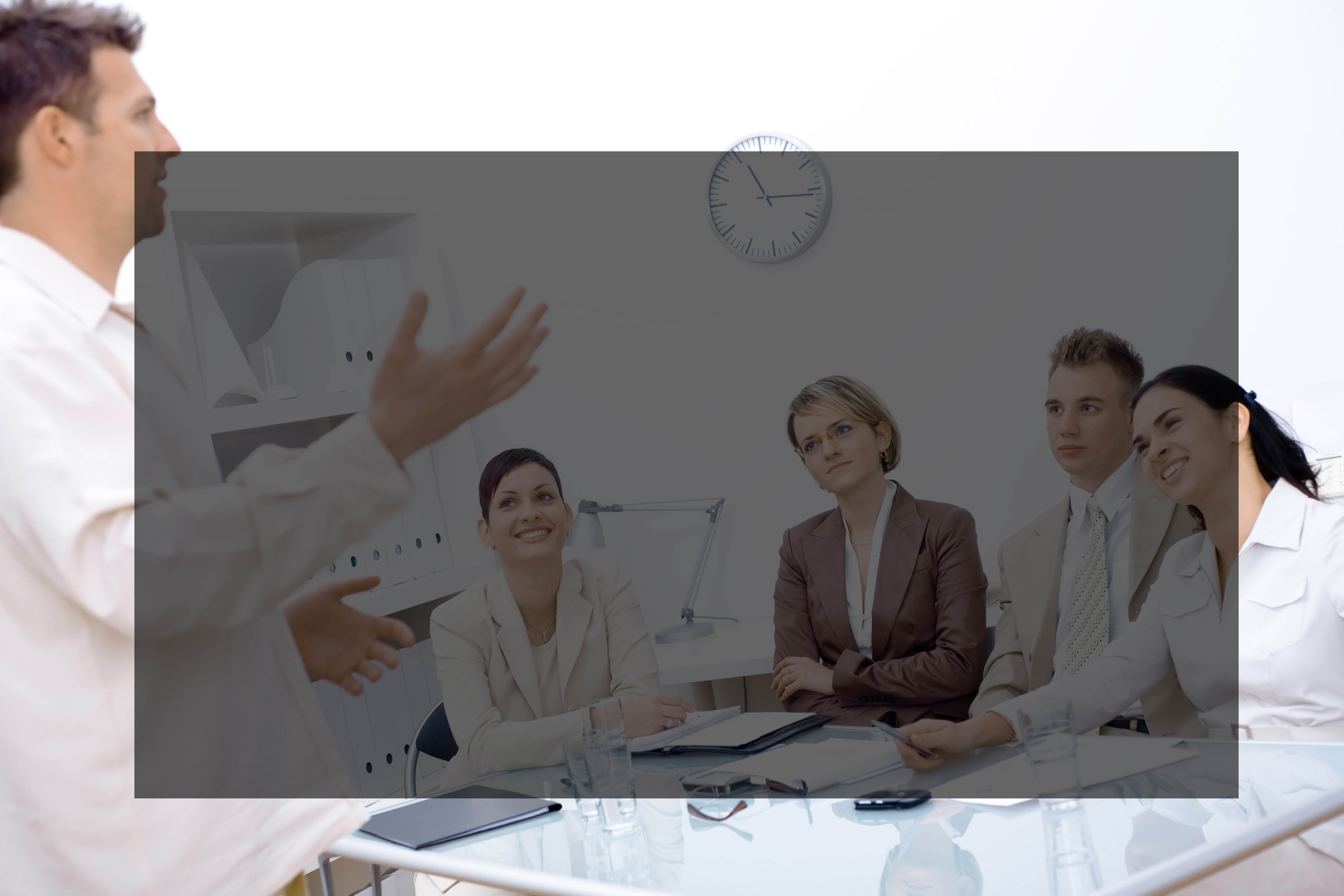Develop the Plan [3]: Plan Writing
 Plan development is the phase in the BCM Planning Methodology following BC Strategy [or Crisis Strategy] development.
Plan development is the phase in the BCM Planning Methodology following BC Strategy [or Crisis Strategy] development.
As mentioned earlier, there are three levels of planning:
- implementation plans
- procedure development, and
- plan writing.
Plan Writing
Before documentation, it is essential to first structure the plan such that it is not only comprehensive in its content but also readable and easily referenced.
Business Continuity Plan
![]() Aim to make the plan concise and action-oriented; avoid loading it with policy statements, or risk assessments and BIA data.
Aim to make the plan concise and action-oriented; avoid loading it with policy statements, or risk assessments and BIA data.
I like to section my plan into three parts.
- Part A introduces the plan, explains how to use it, and provides information that affects the organisation as a whole, such as locations, evacuation assembly areas, and alternative sites.
- Part B outlines the corporate procedures in chronological order, referencing other relevant policies and procedures as necessary.
- Part C is where individual business units will document their recovery procedures, specific to their critical business functions.
Every business unit plan will have a common Part A and Part B, but with a Part C specific for that particular business unit.
Different organisations, depending on their size and structure, may format their plans differently.
There is absolutely nothing wrong with this - the critical thing to remember is to document the plan as appropriate to the organisation.
Crisis Management and Crisis Communication Plan
The structure of both CM and CC is divided into two parts.
- Part A, Introduction to Crisis Management or Communication Plan, introduces the plan, its use, and information that affects the organisation, such as the types of crisis scenarios and the structure of the team, with reference to the BC, CM, CC, and DR teams.
- Part B: Crisis Scenario Action List is where the CM or CC unit documents their action steps and response procedures, specifically tailored to the crisis scenario.
Making the Plan Realistic
I encourage planners to be detailed in writing their plans. I believe that by documenting procedures in detail, one can visualise the process more clearly and identify inconsistencies and misalignments in time and space.
The final plan is likely to be more realistic. Having said that, we want to be careful not to over-document the plan so that it becomes voluminous and unwieldy, losing its effectiveness in a disaster.


![BCM E2 PM [Plan Development] Banner](https://blog.bcm-institute.org/hs-fs/hubfs/BCM%20E2%20Blog%20Banner/BCM%20E2%20PM%20%5BPlan%20Development%5D%20Banner.png?width=1920&height=384&name=BCM%20E2%20PM%20%5BPlan%20Development%5D%20Banner.png)


![Register [BL-B-3]*](https://no-cache.hubspot.com/cta/default/3893111/ac6cf073-4cdd-4541-91ed-889f731d5076.png)



![FAQ [BL-B-3]](https://no-cache.hubspot.com/cta/default/3893111/b3824ba1-7aa1-4eb6-bef8-94f57121c5ae.png)
![Email to Sales Team [BCM Institute]](https://no-cache.hubspot.com/cta/default/3893111/3c53daeb-2836-4843-b0e0-645baee2ab9e.png)





